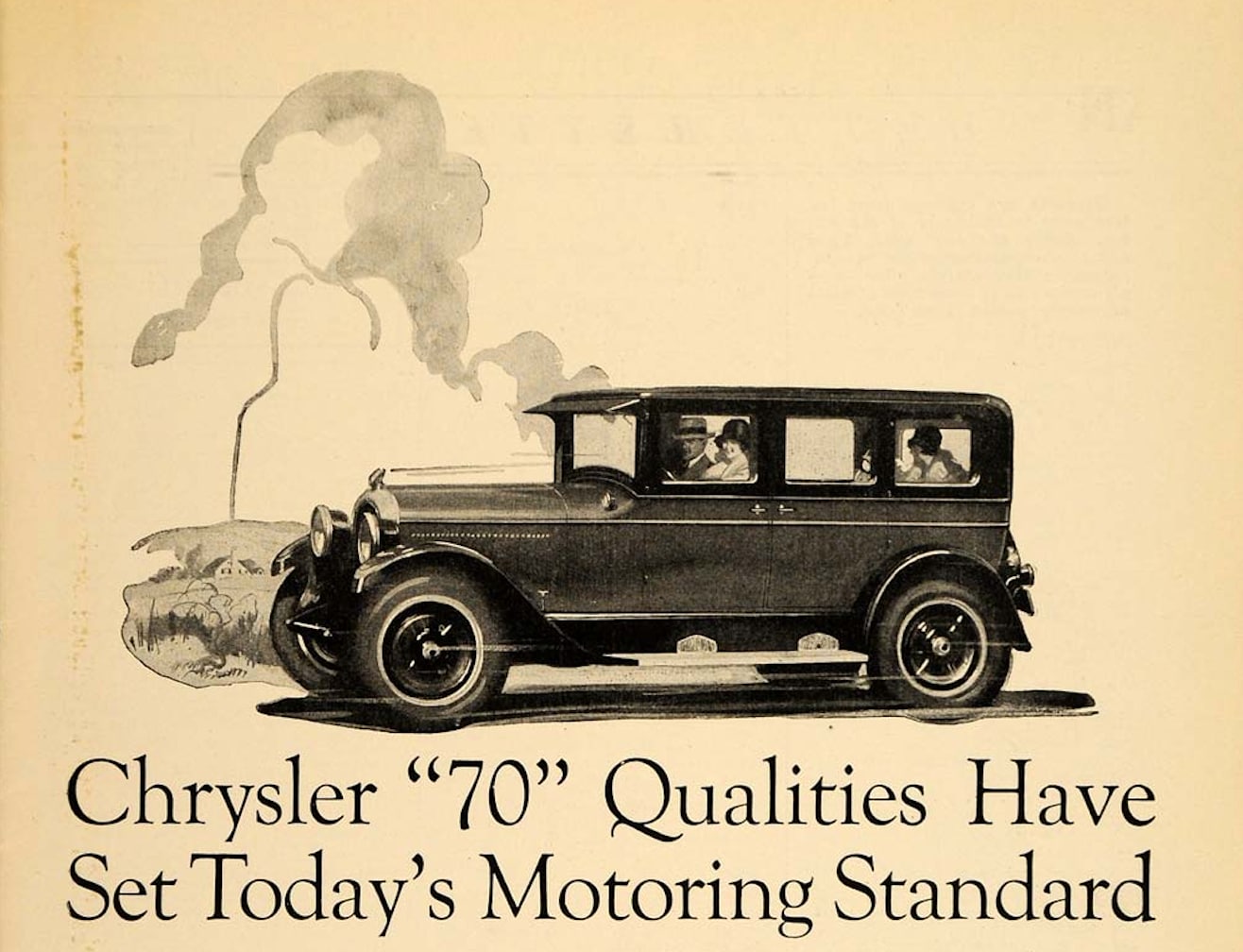

The automotive landscape was forever altered in January 1924 when the Chrysler Motor Company unveiled its very first car—the Chrysler 70. With its blend of advanced technology and affordability, the Chrysler 70 quickly became a game-changer in the industry, setting new standards for performance, safety, and innovation.
Historical Significance of the Chrysler 70
The Chrysler 70 didn't just roll off the assembly line; it sped into the annals of history. This six-cylinder marvel marked Chrysler's debut in the automotive world, and it did so with flair and sophistication. The "70" in its name denoted its top speed—an impressive 70 miles per hour, a figure that left contemporaries in awe.
Engineered with precision, the Chrysler 70's powerplant was a key component of its success. It featured a high-compression engine with a 4.7:1 compression ratio, which was significantly higher than the industry standard of 4:1 at the time. This innovative engine design included the very first replaceable oil filter and a full pressurization lubrication system, ensuring durability and efficiency.
The Chrysler 70's impact wasn't confined to its engineering prowess. It made waves in the competitive racing scene as well. Esteemed drivers like Ralph de Palma recognized its potential, setting numerous 1,000-mile speed records and clinching victory at the Mt. Wilson Hill Climb in 1924. The Chrysler 70 also enjoyed international success, with Malcolm Campbell steering it to triumph in the 1925 “100 Short” at Brooklands. Notably, it was also the first American automobile to compete at Le Mans, nearly outpacing the legendary Bentley Boys.
Features and Innovations
The Chrysler 70's list of features and innovations reads like a manifesto for modern automotive engineering. Here are some of the standout elements that made it a sensation upon release:
1. High-Compression Engine
The 4.7:1 high-compression cylinder head was a groundbreaking innovation, offering better performance and fuel efficiency compared to the 4:1 industry standard.
2. 7-Main Bearing Crankshaft
This advanced design provided superior engine stability and reliability, which was crucial for both everyday driving and high-speed racing.
3. Replaceable Oil Filter
The Model 70 was the first car to feature a replaceable oil filter, simplifying maintenance and prolonging engine life.
4. Full Pressurization Lubrication System
This system ensured that all engine components were adequately lubricated, reducing wear and tear and enhancing performance.
5. Four-Wheel Hydraulic Brakes
In an era where two-wheel brakes were the norm, the Chrysler 70 stood out with its four-wheel hydraulic brakes, offering better stopping power and safety.
6. Rubber Engine Mounts
These mounts minimized engine vibrations, providing a smoother and more comfortable ride.
7. Variety of Body Styles
The Model 70 was available in nine different body styles, catering to a wide range of customer preferences. Among these, the rumble seat roadster was particularly popular for its sporty aesthetic.
Legacy and Influence
The legacy of the Chrysler 70 can still be felt today. Its introduction marked the beginning of an era where advanced automotive technologies were no longer the exclusive domain of luxury vehicles. The innovations and design principles pioneered by the Chrysler 70 have since become standard features in modern cars, underscoring its lasting impact on the automotive industry.